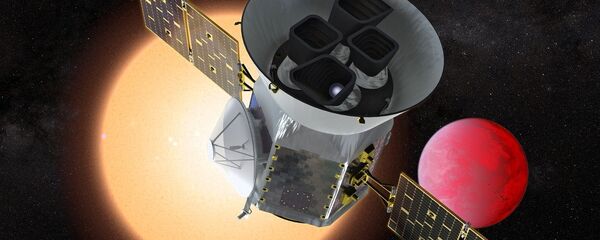A new study by scientists from Italy's National Institute for Astrophysics (INAF) and the University of Bristol examines exoplanets in the Kepler-107 system in order to try and understand how planets in the same system and with similar sizes can have such a wide range of densities. The scientists have been studying the exoplanetary system Kepler-107 through the Telescopio Nazionale Galileo in La Palma, Spain.
READ MORE: Kepler Space Telescope Retired After 9-Year Mission Discovering 2,600 Planets
According to the study, the reason why two exoplanets could be so different in a very compact system of planets is that they were formed under very different conditions, or that something dramatic happened post-formation to alter their densities so drastically.
The scientists believe that a catastrophic collision is responsible for the disparate densities. It might be the case that at some unknown time Kepler —107 suffered a catastrophic collision that stripped off its silicate mantle, leaving only the 70 percent iron core.
"Giant impacts are thought to have had a fundamental role in shaping our current solar system," explained Bristol's Dr. Zoe Leinhardt, a computational astrophysicist and coauthor of the study's paper, in a press statement, cited by Popular Mechanics. "The Moon is most likely the result of such an impact, Mercury's high density may be also, and Pluto's large satellite Charon was likely captured after a giant impact but until now, we hadn't found any evidence of giant impacts occurring in planetary systems outside of our own.”
"If our hypothesis is correct, it would connect the general model we have for the formation of our solar system with a planetary system that is very different from our own," she added.
The origin of Kepler-107c could help with understanding the mysteries of our own Solar System – for example, it could provide an explanation of Mercury’s metallic core that covers around 85 percent of its body. The origin of this core is still unknown yet scientists suspect that a giant collision could have been responsible.




